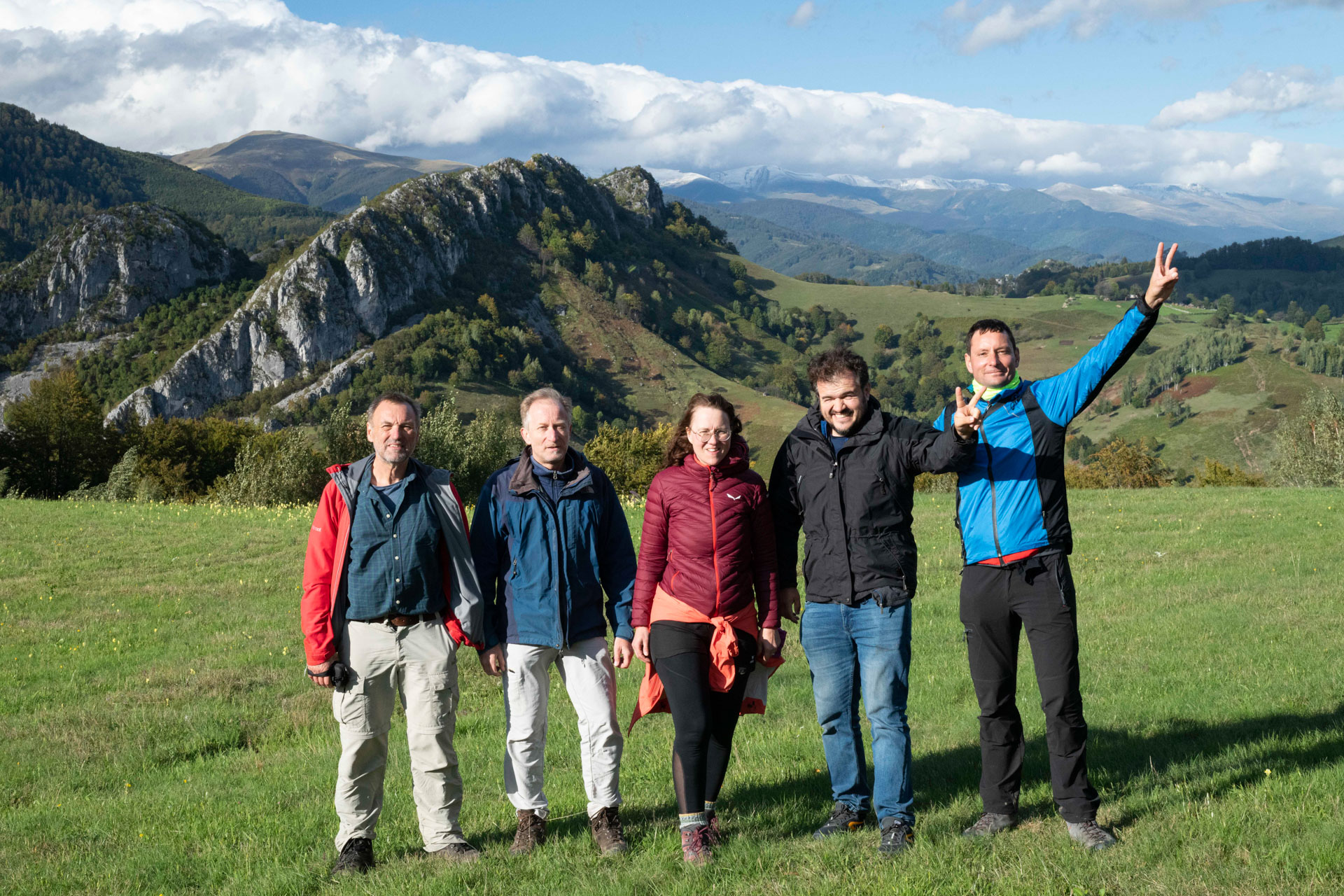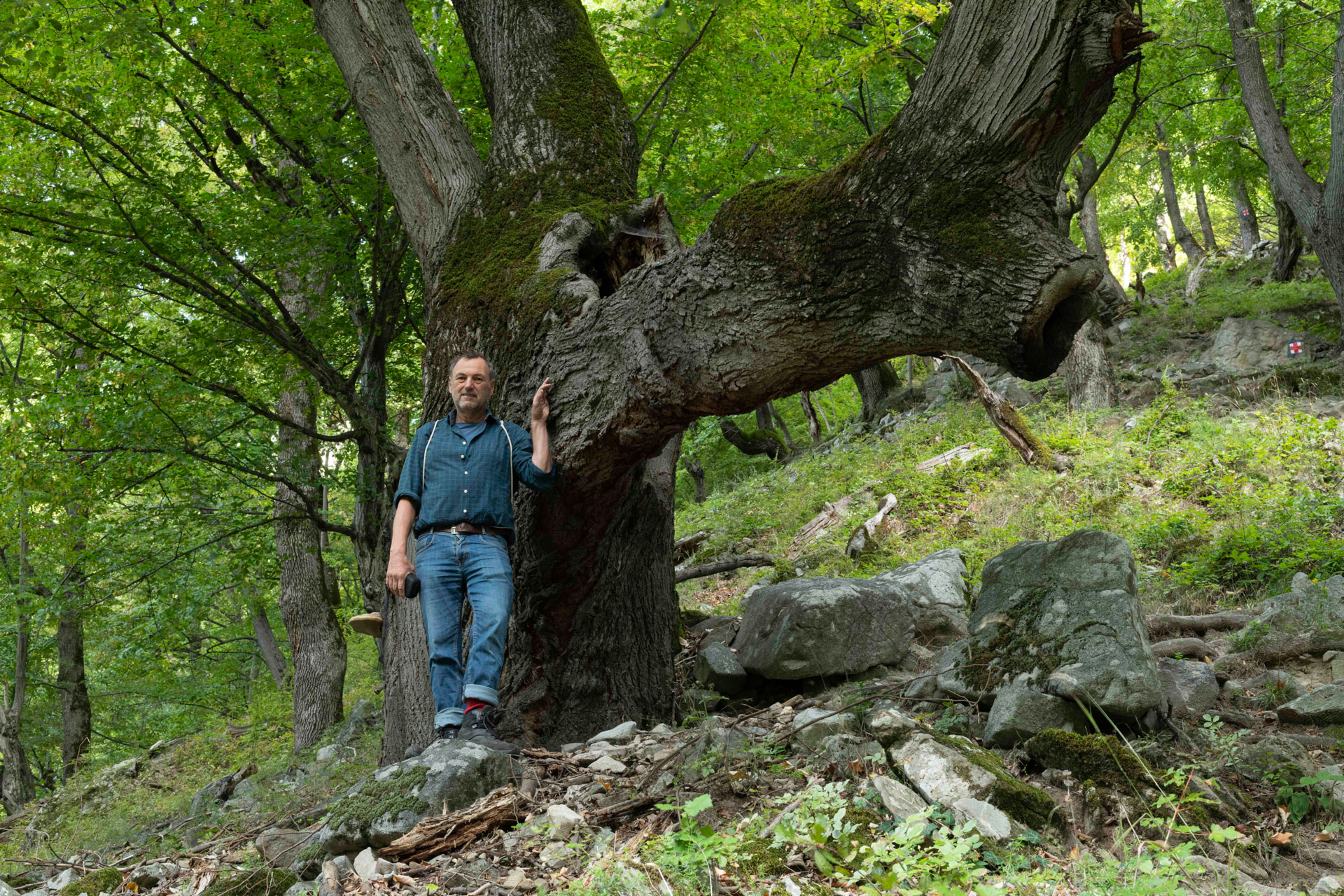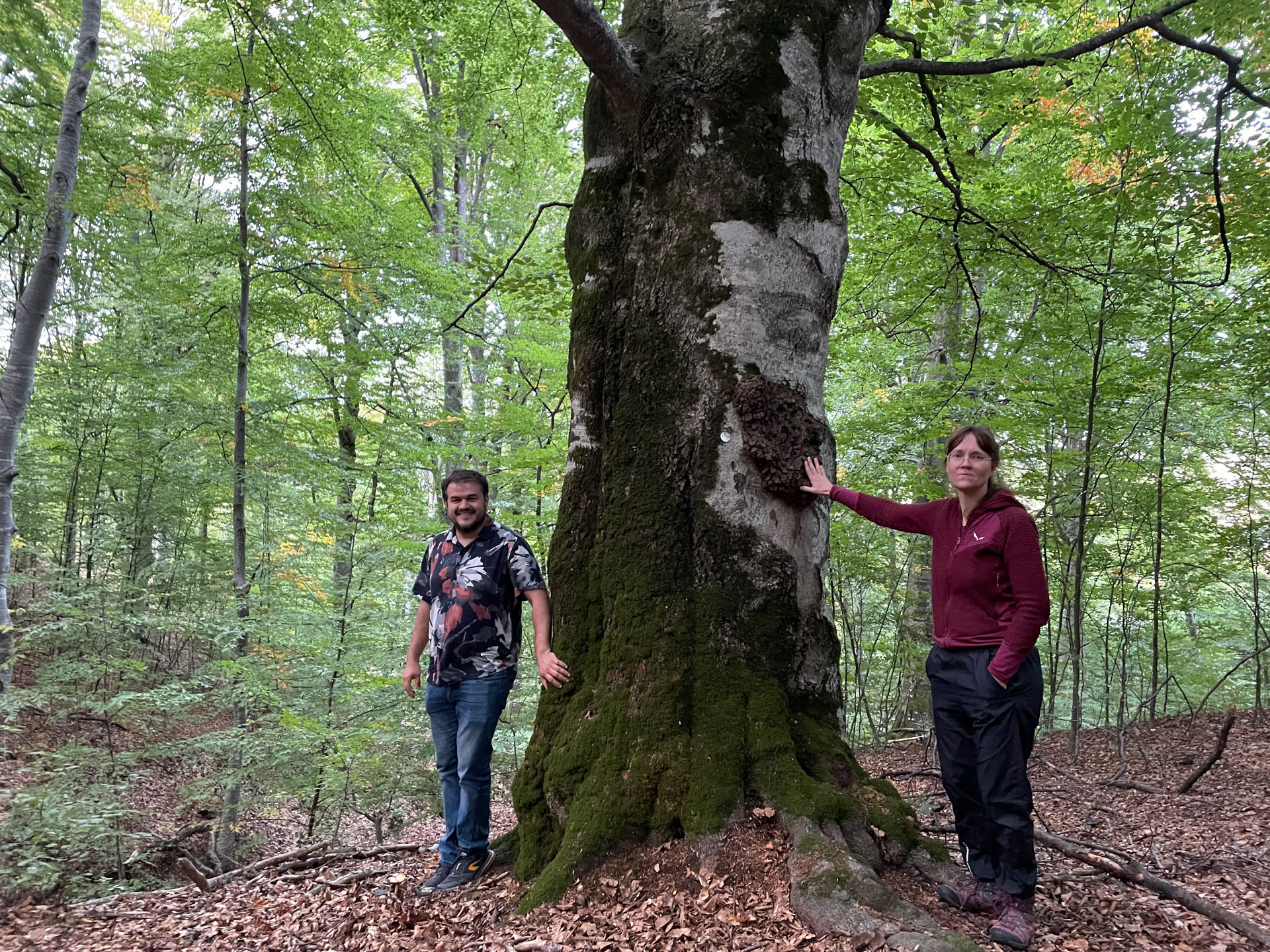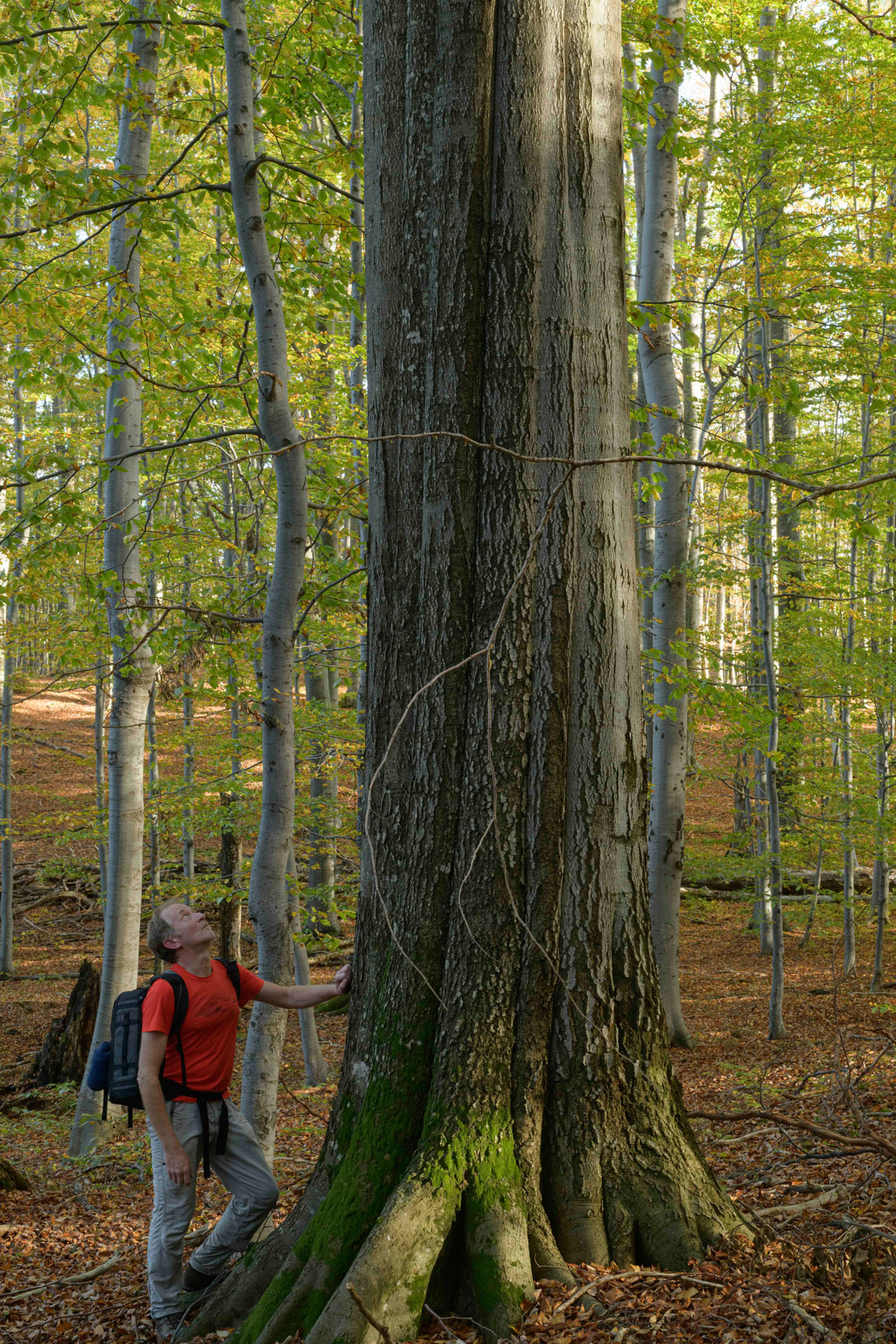Blog
Scientific project promotes primary forest preservation through nature tourism
A team of tourism and environmental experts from Germany, Austria and Romania has set itself the goal of contributing to the preservation of Romania's valuable primary and old-growth forests by promoting responsible and cautious “primary forest tourism”. The web portal primaryforests.org offers in depth information about Romania's great wild forests and how and where to find them - including detailed descriptions of hikes.
As part of a project - coordinated by the University of Applied Forest Sciences Rottenburg (HFR) and financed by the Deutsche Bundesstiftung Umwelt (DBU) and the Heidehof Foundation - Prof. Monika Bachinger, Prof. Rainer Luick, Ion Holban and Matthias Schickhofer have developed technical and practical principles for the promotion of primary forest travel.
In addition to mapping of important primary forests, the project team developed key assets for the development and promotion of ‘primeval forest tourism’: The team searched the European travel market for offers of “primary forest” trips, researched scientific findings on wilderness tourism, explored and documented suitable hiking trails in selected forest wilderness areas in Romania, established contacts with international tour operators and other partners, conducted initial test tours in wild forests and compiled critical and useful information for both tourists and tourism stakeholders.
Background: Status of Romania’s primary and old growth forests
Romania hosts the largest tracks of primary and old-growth forests in the temperate climate zone of the EU. According to inventories , these areas cover about approximately 500,000 ha. However, less than 100,000 ha of Romania’s primary and old growth forests today are protected from logging in strictly protected areas such as the "National Catalogue of Virgin Forests") or non intervention zones of national parks and UNESCO World Heritage sites.
However, several large protected areas (including national parks) have only relatively small, strictly protected core zones and allow more or less intensive logging in the „buffer zones“. Primary and old-growth forests are also being felled there.
Protected area administrations are often geared towards timber extraction because there is insufficient public basic funding for the protected areas.
Tourism as incentive for forest preservation
The tourism value-added potential of Romania's primeval and old-growth forests is theoretically huge, as the examples of successfully developed forest reserves in Germany or Austria - such as the national parks Hainich, Bavarian Forest or Kalkalpen.
However, this economic potential has not yet been recognized and exploited by Romanian interest groups or international tour operators:
So far (2024), the beauty and experience of Romania's wild forests have hardly been addressed in tourism. There are no thematic hiking trails that explicitly lead to “primary forests”. Special tourist information or organized tourist offers from tour operators to experience the unique wild forests of Romania are still in their infancy.
Most of the websites of the Romanian protected areas, such as national parks, only offer tourist and ecological information in Romanian, and the majority do not even mention the existence of “primary forests”.
The project aims to change this and create an awareness of the extraordinary value of primeval and old-growth forests. To this end, several workshops were held in Romania, their results are summarized in publications - such as this paper on “Best Practice in Wild Forst Tourism”.
“With our project, we want to make a positive contribution to recognizing and developing the great potential for tourism value creation in Romania's primary and natural forests, which are well protected in the long term. Tourism operators, the local population and nature can only benefit from this,” explains Monika Bachinger, Professor of Tourism at the University of Applied Forest Sciences in Rottenburg.
“Pristine forests and other forests with particularly high biological value provide enormous benefits to society when they are preserved. They absorb and store huge amounts of carbon, protect our water supply, protect us from flooding, provide habitat for biodiversity, and cool the landscape. Tourism can help to protect the forest by providing people in the affected regions with alternative sources of income,” says Rainer Luick, Professor Emeritus of Nature and Environmental Protection at the University of Applied Forest Sciences in Rottenburg – and initiator of this project.
“In the course of the project, we have found that a gratifying number of people in the communities have a great interest in more tourism in ‘their’ primary forests in the neighborhood. We very much hope that our project will help to ensure that the potential of protected and preserved forest treasures in Romania is better recognized – and that many people at the local level will be inspired to work to preserve 'their' primeval forests,” emphasizes ecologist and nature conservation expert Ion Holban from Romania.
“In the end, it comes down to economic decisions. In view of the global climate and nature crises, we need intact, species-rich, natural, vital, growing forests. Therefore, alternative forms of forest use that are not based solely on timber extraction need much more (economic) support. This includes compensating forest owners for the provision of ecosystem services - and promoting sustainable, targeted hiking tourism in safely protected forests. We hope that the travel industry will ‘discover’ Romania's primary forests and include hikes in wild forests in their programmes - to encourage people in Romania to take care of their forests,” summarizes nature conservation expert and nature tourism developer Matthias Schickhofer from Austria.



Schickhofer_058_04102024.jpg)

